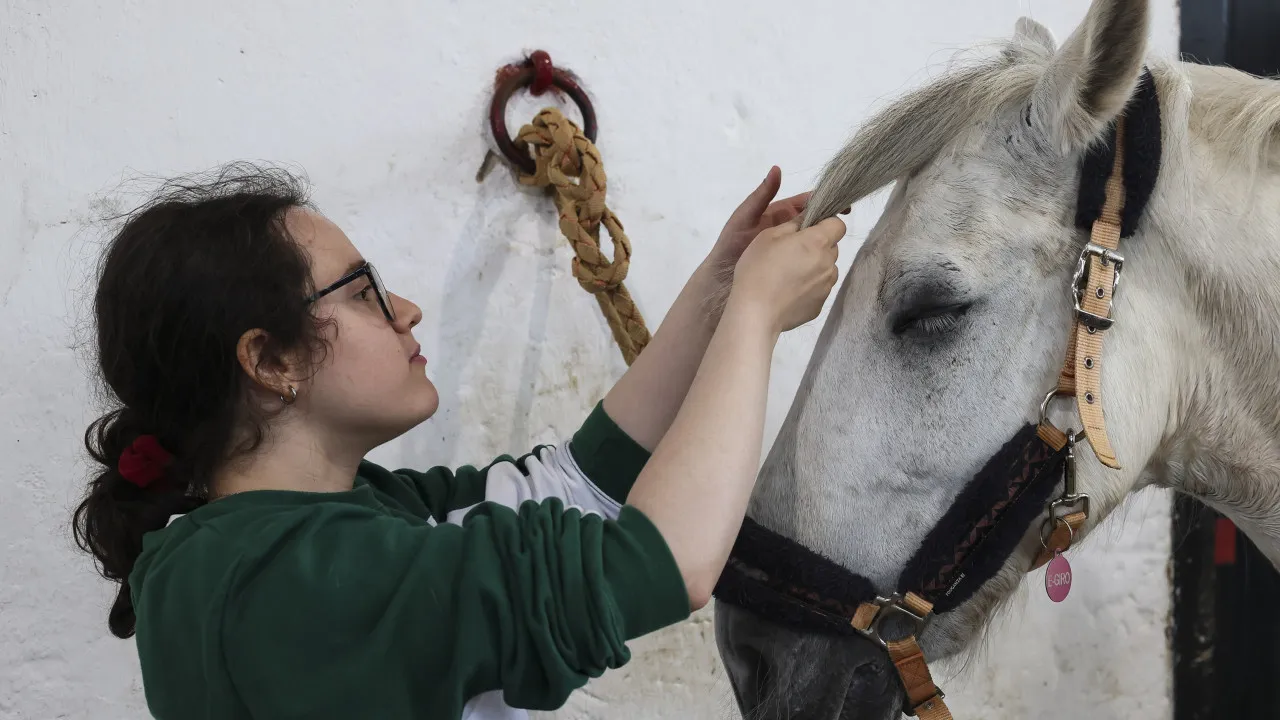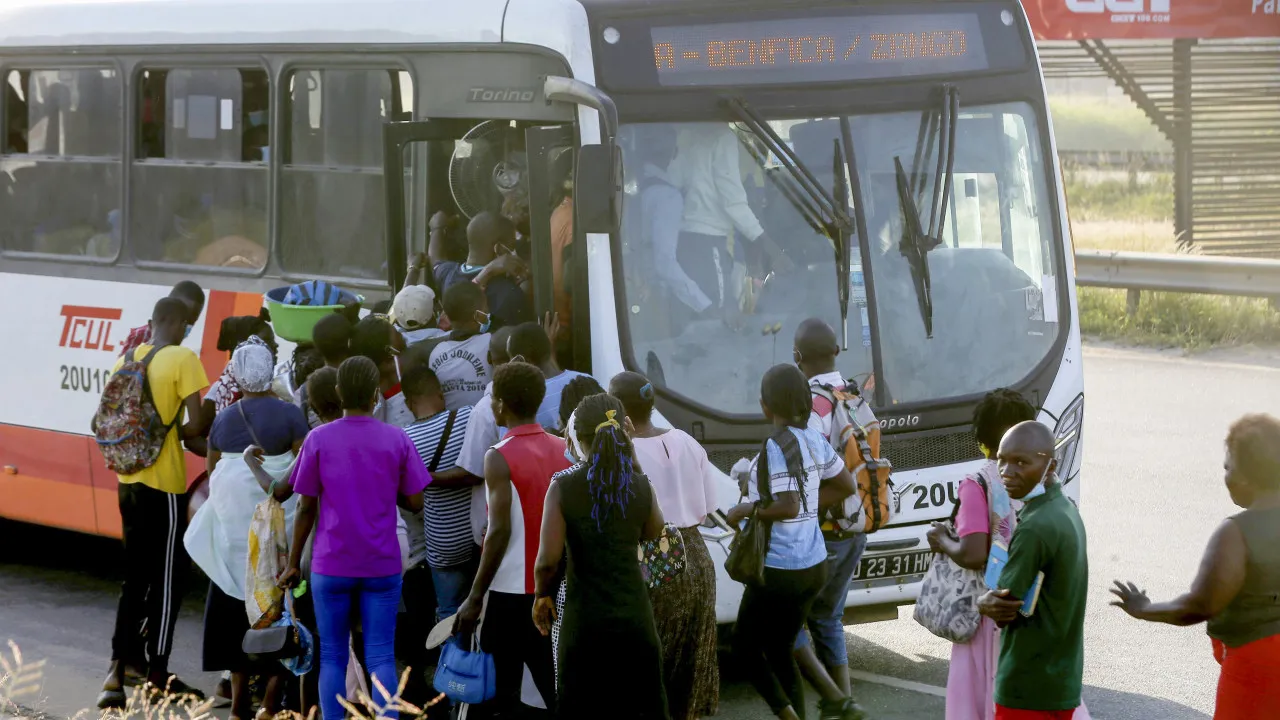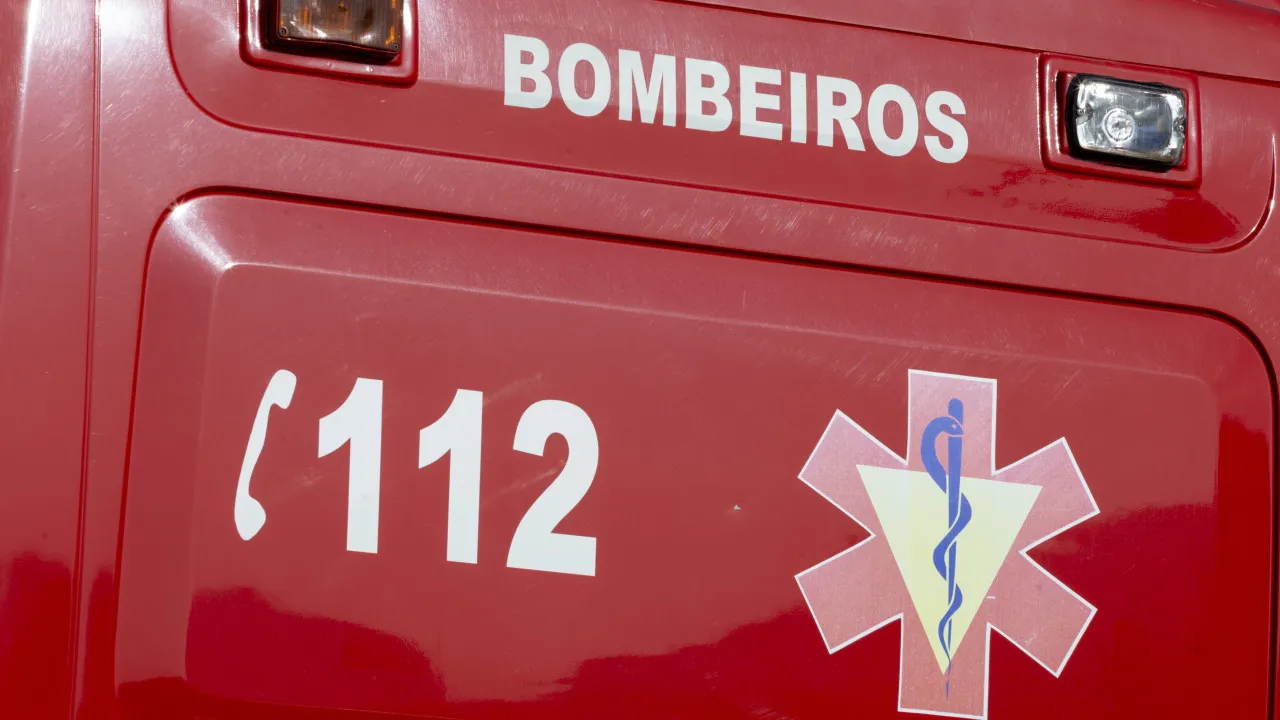Researchers from the Institute of Public Health at the University of Porto (ISPUP) have concluded that 70% of acute stroke survivors do not have access to intensive rehabilitation, in a study revealed today that followed 460 patients.
In a statement, ISPUP explains that the study “revealed flaws in the care provided after the acute event” within the National Health System (SNS).
Led by Pedro Maciel Barbosa, as part of his doctoral thesis, the research evaluated a prospective cohort of stroke survivors, from the acute event to the chronic phase of the disease.
“This is the first international study to identify, measure, evaluate and compare the costs and benefits of different rehabilitation paths for stroke survivors,” explains the ISPUP and University of Porto Medical School (FMUP) researcher, quoted in the press release.
The study, which involved 460 stroke survivors, concluded that, after one year, quality of life is “significantly lower than that of the general population, regardless of the type and severity of stroke”.
At the same time, a discrepancy was identified between best practice guidelines and what happens in practice at the rehabilitation level.
According to the study, “70% of survivors do not have access to intensive rehabilitation, while 80% receive a maximum of five physiotherapy sessions a week, each lasting less than 45 minutes”.
More than half of survivors (65%) “are not involved in defining the rehabilitation plan” and 30% “do not have access to a discharge plan or transfer between care settings”.
“These gaps in post-stroke care result in inadequate levels of information, with 70% of the sample not knowing their functional prognosis at the time of hospital discharge and claiming to be dissatisfied, especially with the rehabilitation care provided in medium-stay units, community clinics and home teams,” says ISPUP.
The study also identified “a lack of correspondence in relation to the recommendations of the Directorate-General for Health (DGS)” regarding the model for referring patients to different types of care.
“This study found that survivors with a similar severity profile obtain different results in different routes,” says the institute, noting that only three of the nine rehabilitation routes proved to be cost-effective.
“In other words, 66% of the network should be reviewed in order to find the best relationship between quality of care, the needs of survivors and the future sustainability of the NHS,” the study notes.
According to the research, the social sector units of the National Continuing Care Network, to which 48% of survivors were referred, constitute a “barrier to access to care”, since they are based on a “logic of payment according to income”.
On the other hand, the pathways starting in Convalescent Units and Rehabilitation Centers proved to be “the most profitable”, the research indicates, noting that the early passage through more intensive units proved to “influence the results after 12 months”.
In this sense, the study warns of the need to improve the rehabilitation care provided to stroke survivors in Portugal, one of the European countries “with the greatest potential to reduce the incidence and prevalence of stroke in the coming years”.
“If we had to propose five fundamental measures for reforming the rehabilitation care network, these would include reviewing the DGS Guidance Standard and the referral process, extending the Via Verde beyond the hospital up to six months after a stroke through dedicated circuits within the Continued Care Network,” says the researcher, who is also a physiotherapist at the Matosinhos Local Health Unit.
Pedro Maciel Barbosa also recommends “reducing the number of routes available by defining 3-4 routes for different stroke profiles, guaranteeing intensive, multi-professional rehabilitation for up to 3-6 months for around 70% of patients and increasing the number and length of stay in Convalescence Units”.








